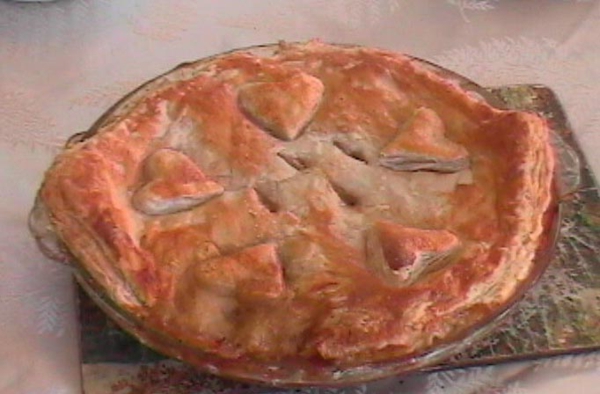What makes a good Scottish steak?
The very first thing to clarify when considering what exactly it is that makes a good Scottish steak is whether or not it is actually from a truly Scottish herd! Consumers can be easily for forgiven for believing they are eating Scottish steak simply from the Aberdeen Angus name tag it carries on the menu, but what many don’t realise is that these herds are the predominant cattle all over the world. If the menu you’re reading from advertises Aberdeen Angus beef but fails to specify that this herd actually came from Scotland, chances are that you aren’t being served real Scottish steak.

The sourcing of the meat is essential and a truly great steak will come from a cow that was suckled for at least six months from birth by its mother. Top quality Scottish steak meets these standards and is not simply a part of the process that feeds the milking industry. Really good Scottish steak was never meant to be anything other than that.
The maturing of the meat is also a big element to concern the palate when we are talking about high quality Scottish steak. Quite naturally, most farms look to cut costs by slaughtering their beef early, at between ten and twelve months. The best Scottish steak will have been allowed to mature for at least twenty months.
We are what we eat is a worn out refrain, but when it comes to Scottish steak this really is something the best producers of the meat will adhere to when looking to prepare the best product possible. A great Scottish steak comes from a cow that was always fed on grass and never cuts corners and uses artificial methods to improve the marbling effect by the use of corn feeding. The very word artificial is sacrilege to those truly dedicated to providing the best beef in the world. The time honoured methods of beef husbandry and pure butchering will survive because the few still believe in their quality rather than their cost as being the only true signifier of their worth.
It is the intention and confidence not to rush the process that helps to develop really good Scottish steak and this carries right on through to the transportation and packaging of the meat. Most producers of what is incorrectly recognised as quality beef use a method known as “wet ageing.” This moniker is meant to add allure to the process but it is simply a great fallacy dreamed up by marketing men. This supposedly special technique simply cuts costs and leaves meat with a metallic taste. The maturing process is quickened and the meat does soften, but not naturally and certainly without the flavours you would demand when wanting truly great Scottish steak.
So what does make a good Scottish steak? Hard work, patience, unwillingness to compromise, and integrity. They are just a few of the ideals intrinsic to the process; the rest you’ll be able to taste!
This article was contributed by boisdale.co.uk

